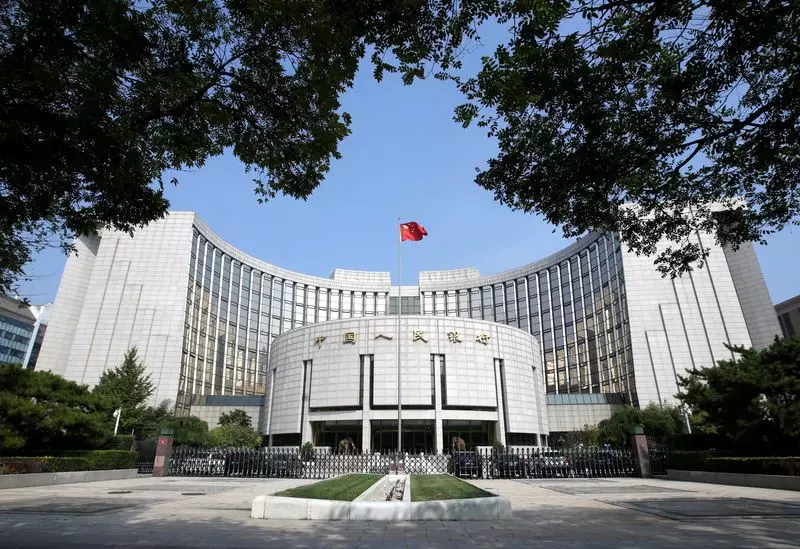China made a surprising move by lowering a key short-term policy rate and benchmark lending rates in an effort to boost growth in its economy. This decision comes after the country reported weaker-than-expected second-quarter economic data and amid concerns about deflation, a property crisis, surging debt, and weak consumer and business sentiment.
According to Larry Hu, the chief China economist at Macquarie, the rate cut was an unexpected move likely due to the sharp slowdown in growth momentum in the second quarter and the pressure to achieve this year’s growth target. Ju Wang, head of Greater China FX & rates strategy at BNP Paribas, mentioned that the growing expectations for the Federal Reserve to cut interest rates gave the People’s Bank of China (PBOC) room to ease its policy.
Following the rate cuts, China’s yuan dropped to a near two-week low against the dollar, highlighting the impact of the decision on the currency. Additionally, Chinese sovereign bond yields fell across the curve, with the 10-year and 30-year yields down as much as 3 basis points before stabilizing.
President and chief economist at Pinpoint Asset Management, Zhang Zhiwei, expects more rate reductions in China following the start of a rate-cutting cycle by the Federal Reserve. This indicates that the Chinese government recognizes the downward pressure on the country’s economy and is taking proactive measures to address it.
The PBOC emphasized that the rate cuts are aimed at strengthening counter-cyclical adjustments to better support the real economy. This decision also aligns with the PBOC’s plan to revamp its monetary policy transmission channel, signaling a shift towards a more market-oriented interest rate mechanism.
China’s unexpected rate cuts demonstrate the government’s commitment to addressing the economic challenges faced by the country. By taking decisive action to boost growth and support the real economy, China is showing its determination to navigate through uncertain times and achieve its growth targets. The impact of these rate cuts on the economy as a whole remains to be seen, but the proactive stance taken by the PBOC suggests a willingness to adapt to changing global economic conditions.


Leave a Reply